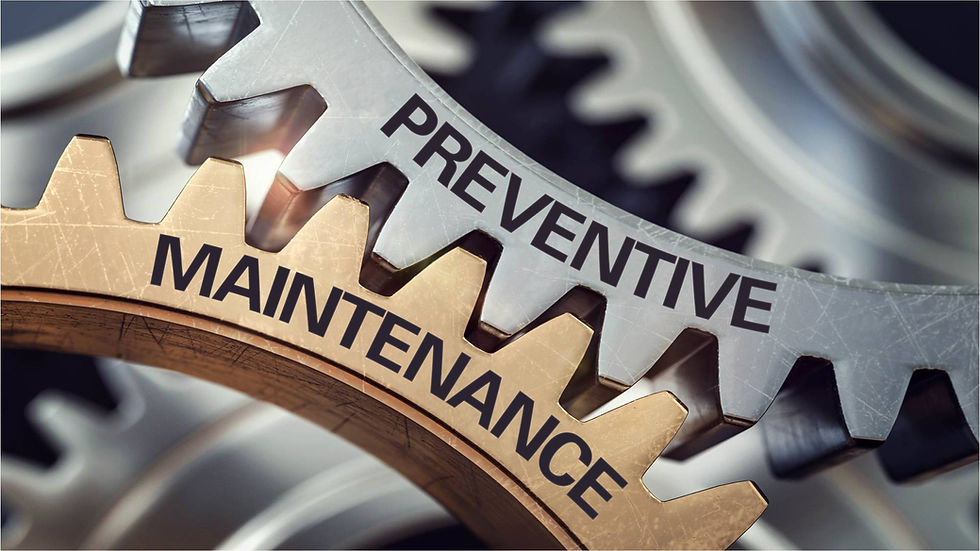Properly Sizing the Pressure Ranges for Melt Pressure Transducers
- Bob

- Feb 25
- 2 min read

Insights from the Nononsensors Technical Team - as always we recommend getting in depth advice from your process engineering network to support.
Selecting the correct pressure range for melt pressure transducers is essential for accurate measurement, process efficiency, and equipment longevity. If the transducer’s range is too high, resolution and accuracy suffer; if too low, the sensor may be damaged by overpressure. This guide helps process engineers determine the optimal pressure range for their extrusion applications.
Understanding Melt Pressure in Extrusion
In an extrusion system, melt pressure varies along the barrel and die, influenced by factors such as material properties, screw speed, and die design. Properly sizing pressure transducers ensures optimal monitoring and control, preventing quality issues and mechanical failures.
Key Factors in Sizing Melt Pressure Transducers
1. Identify the Expected Operating Pressure
Consult process specifications or historical data to determine the typical pressure range.
Pressure in extrusion systems usually ranges from 500 psi to 10,000 psi, depending on the polymer and process.
2. Determine the Maximum Expected Pressure
Account for variations in material viscosity, temperature fluctuations, and process disruptions.
Set the transducer range at 20-30% above the normal operating pressure to accommodate pressure spikes while maintaining measurement accuracy.
3. Consider the Transducer’s Overload Rating
Ensure the sensor can withstand occasional overpressure conditions without damage.
Most melt pressure transducers have an overload capacity of 1.5 to 2 times their rated pressure.
4. Choose the Right Resolution and Accuracy
Higher pressure ranges reduce sensitivity, making small pressure variations harder to detect.
Select a sensor with a pressure range that maintains at least 1% accuracy within the operational range.
5. Match the Transducer to the Process Environment
Consider temperature variations and chemical compatibility of the polymer melt.
Use sensors with appropriate coatings or diaphragms to prevent degradation in harsh environments.
Common Pressure Ranges for Extrusion Processes
Low-pressure applications (500 - 3,000 psi): Suitable for processes with minimal backpressure, such as some blown film and sheet extrusion.
Medium-pressure applications (3,000 - 7,500 psi): Common in general-purpose extrusion lines for various thermoplastics.
High-pressure applications (7,500 - 10,000 psi+): Used in high-viscosity materials, fine-tolerance extrusions, and highly restricted die designs.
Best Practices for Sizing and Installation
Avoid oversized sensors: They reduce resolution and fail to detect subtle process changes.
Regular calibration: Ensures continued accuracy and early detection of sensor drift.
Use multiple sensors: Placing sensors at key locations (before and after the die, at the screen pack, etc.) provides comprehensive process monitoring.
Properly sizing the pressure range of melt pressure transducers is crucial for accurate monitoring, process stability, and equipment longevity. By selecting a transducer with the right range, overload protection, and resolution, process engineers can enhance extrusion efficiency and product quality.
The Nononsensors Technical Team specializes in high-performance melt pressure transducers designed for precision and durability. Contact us for expert guidance on selecting the ideal transducer for your process!




Comments